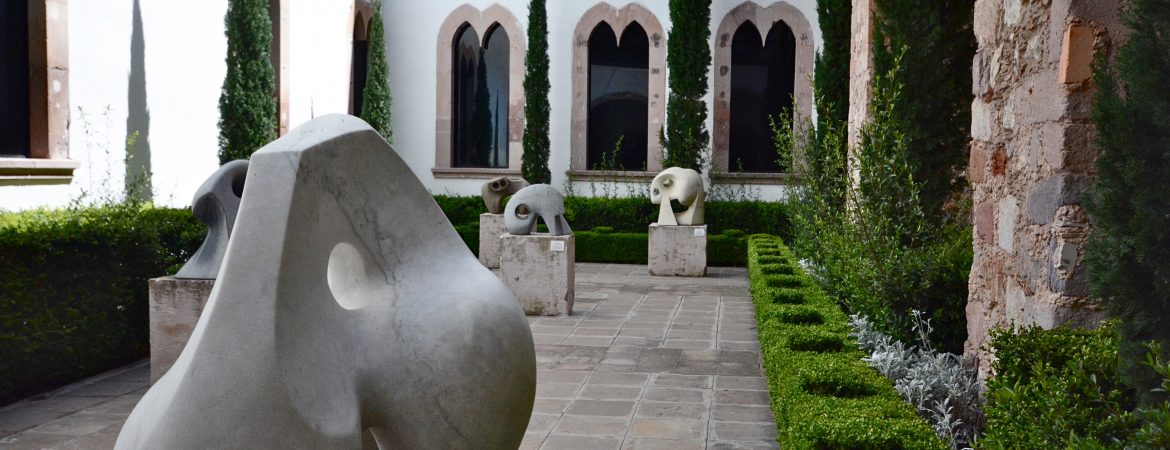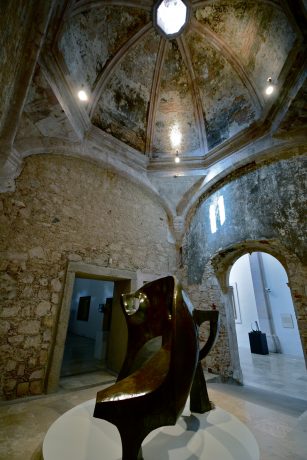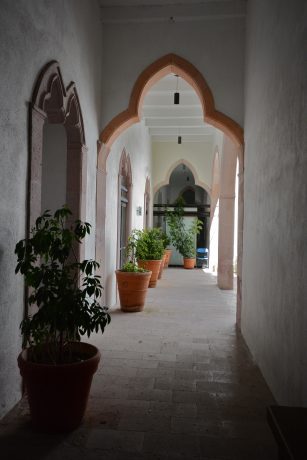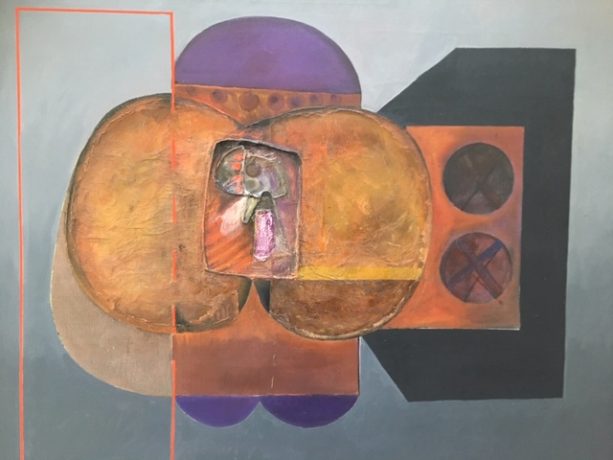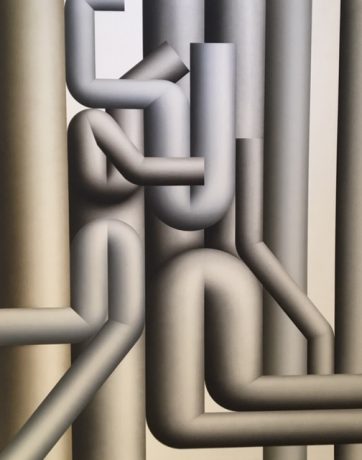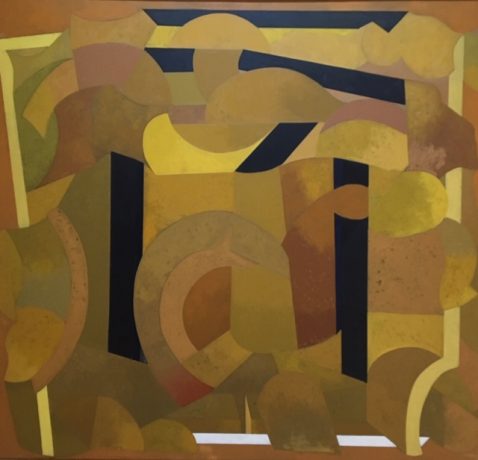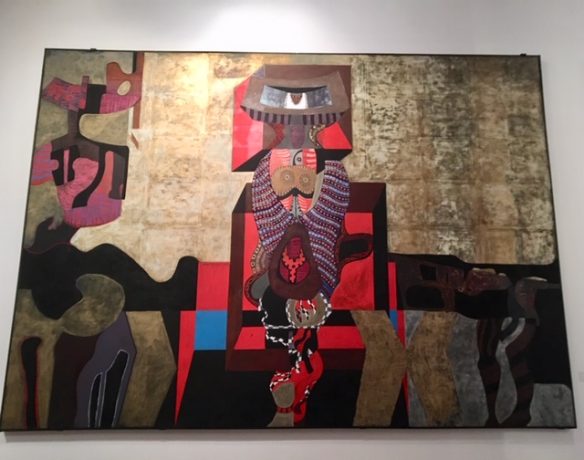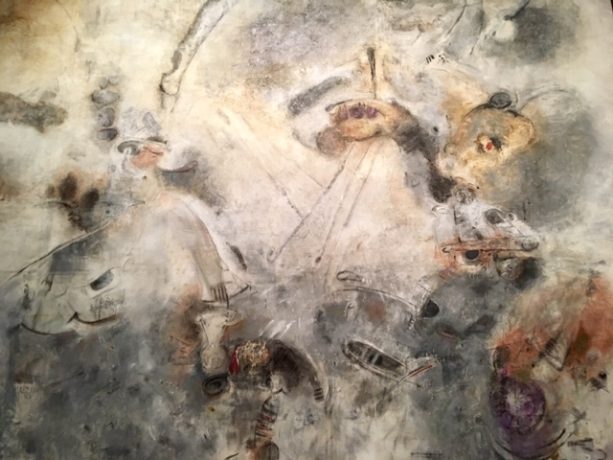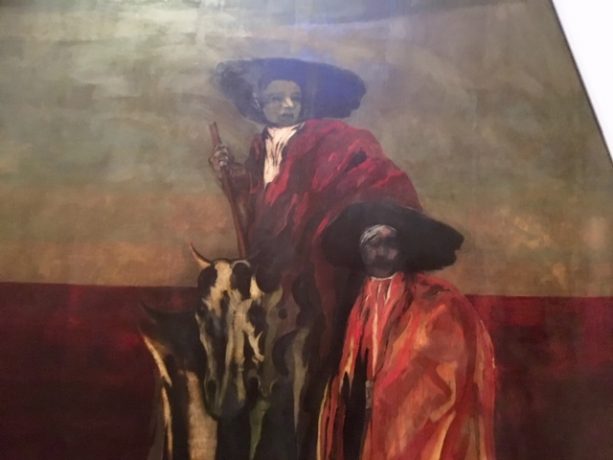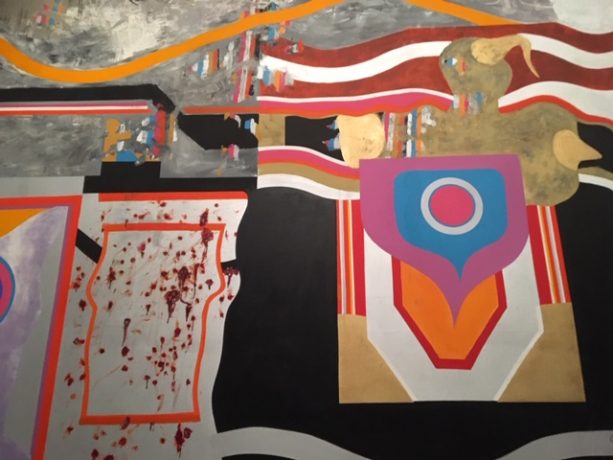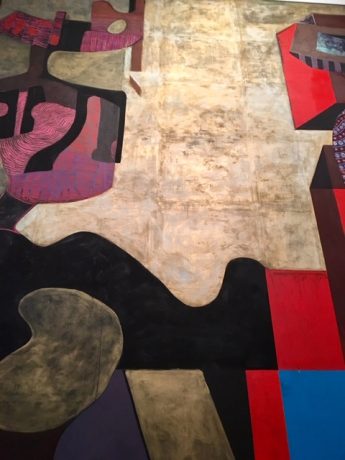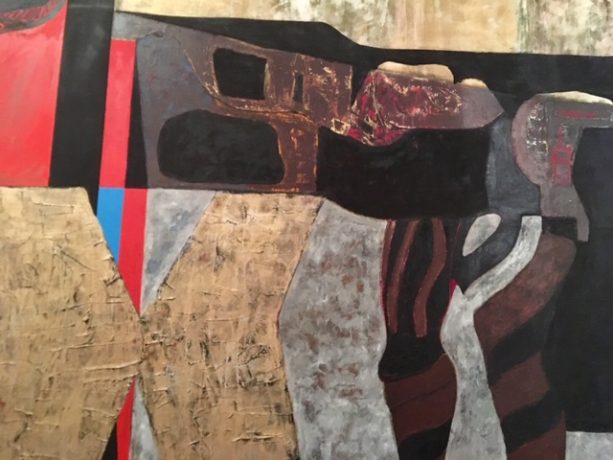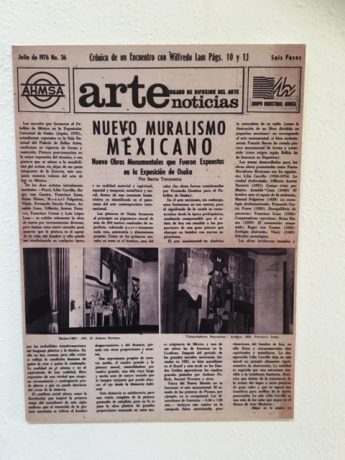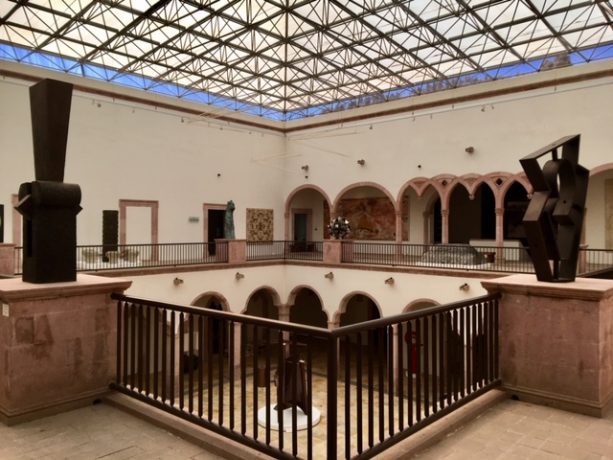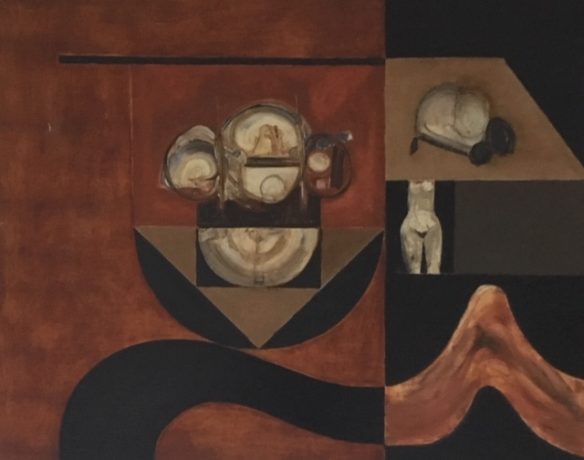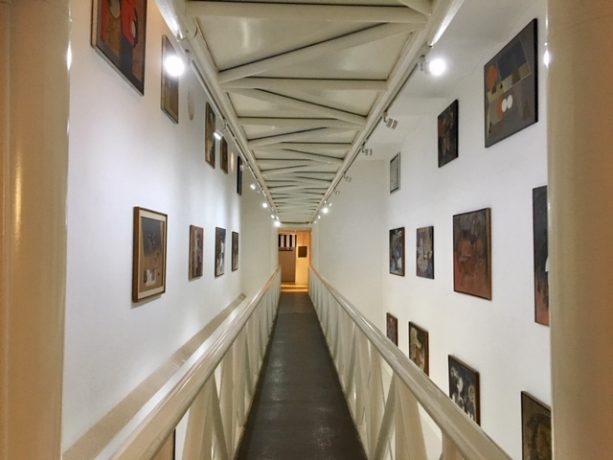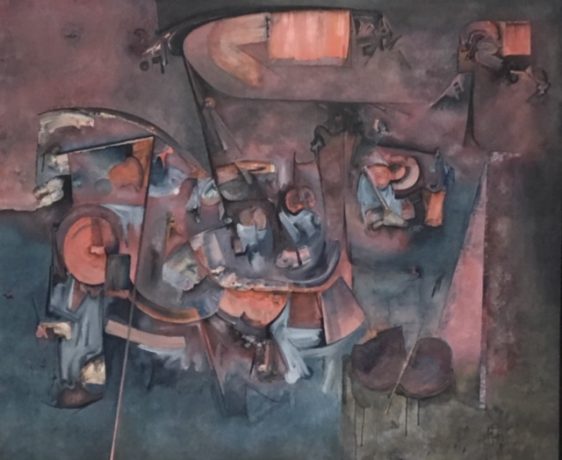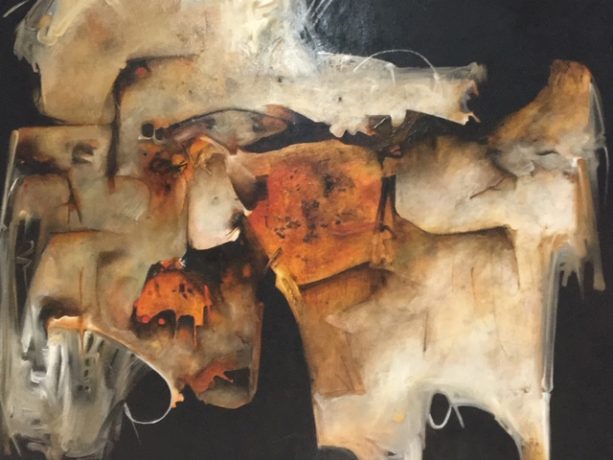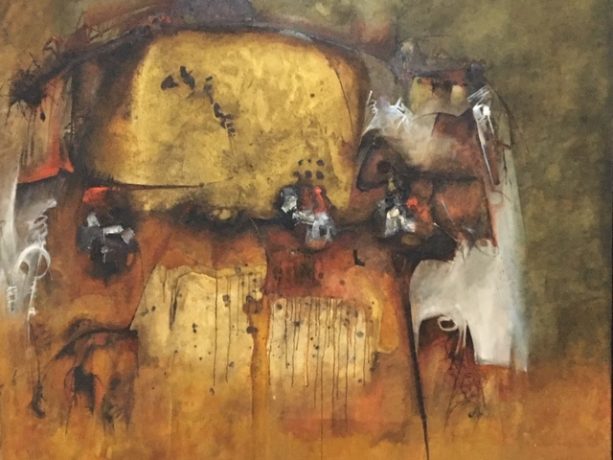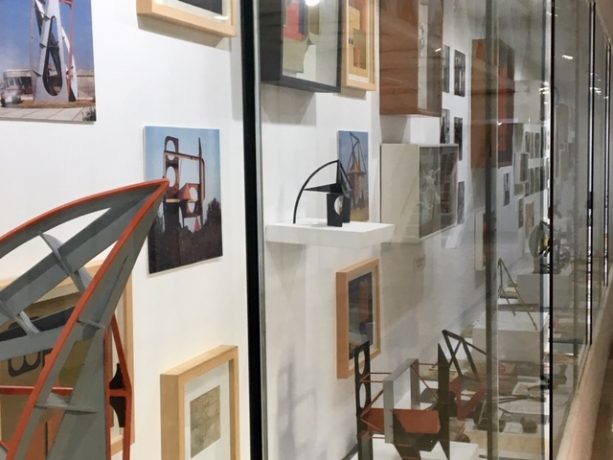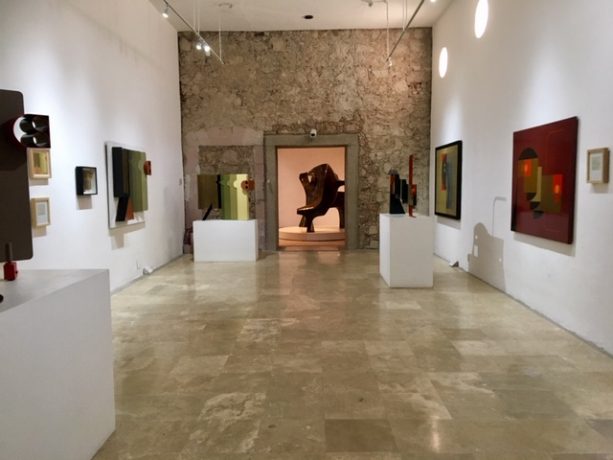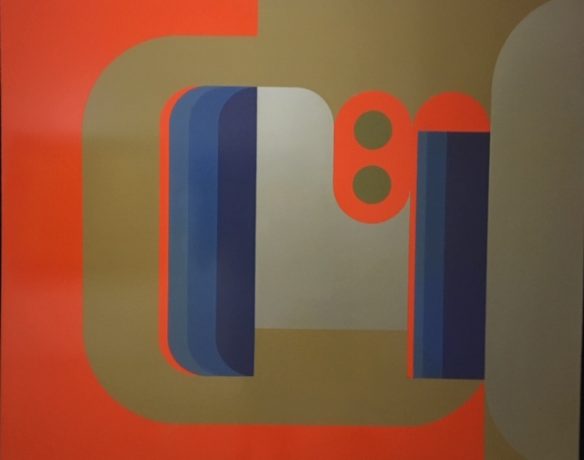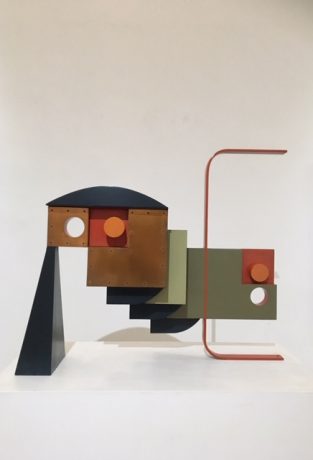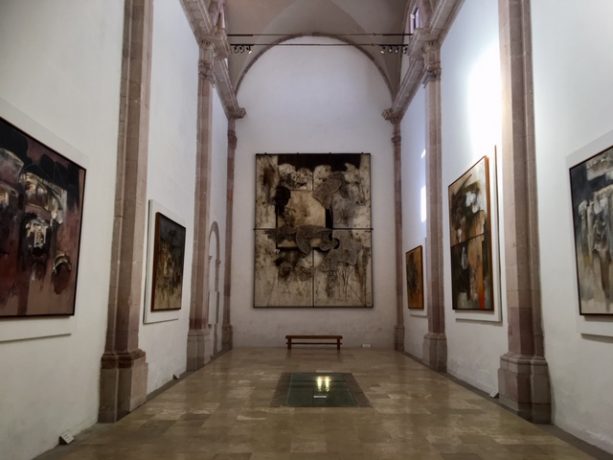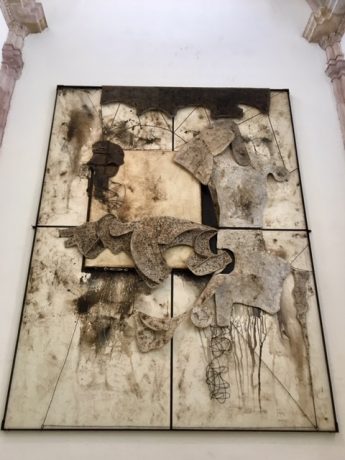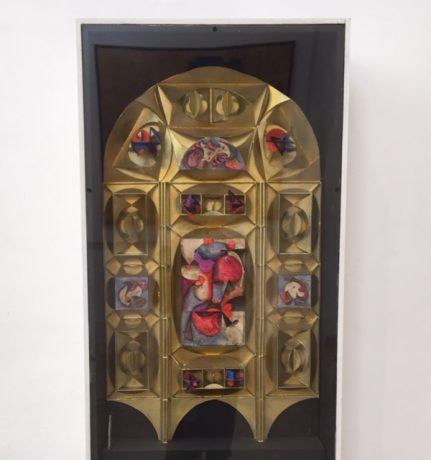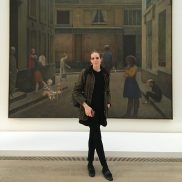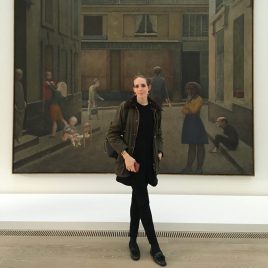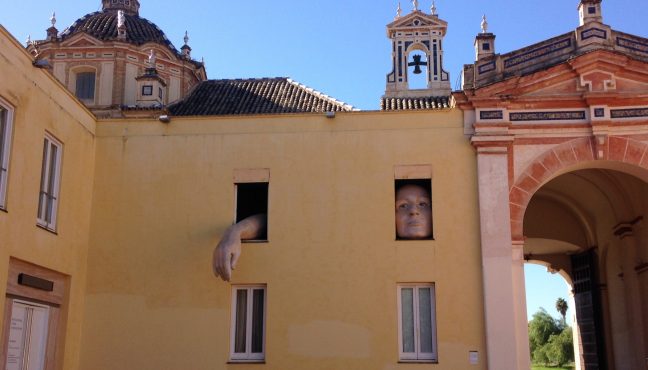Manuel Felguérez, one of Mexico’s most creative artists, turned 90 on December 12, 2018.
The Museo Abstracto Manuel Felguérez is a jewel in the historic center of Zacatecas, the oldest and most prominent silver mining town of Mexico. In 1928, painter and sculptor Manuel Felguérez was born there in the municipality of Valparaiso in the state of Zacatecas. Due to the area’s rich deposits of silver and other minerals, Zacatecas quickly became one of the most important cities in the so called `Virreinato de la Nueva España´ (Viceroyalties of New Spain).
Felguérez´s abstract art was part of the `Generación de la Ruptura´ (Breakaway Generation). This movement broke with the established Mexican School of Painting and the traditional muralist artists such as Diego Rivera, José Clemente Orozco and his contemporaries in the first half of the 20th century. Instead, these artists were not bound by one particular artistic style, but leaned towards their own personal styles rather than reflecting on social issues. They were influenced by several international trends in art, including Abstract Expressionism and other European and American art philosophies of the mid-20th century. By doing so, the artists abandoned nationalism in favor of internationalism. Manuel Felguérez once remarked that the aim of the `Generación de la Ruptura´ was not really to `discard´ Mexican art and its social-realist aesthetics, which were related to the Mexican muralist tradition, but rather to universalise it. Artists who were part of this collective and new movement were - among others - Vicente Rojo, Günther Gerzo, Mathias Goeritz, Fernando García Ponce and Lilia Carrillo. The later was to become Felguérez´s first wife and they would marry in 1960. Artwork from each of these artists can be seen in the museum’s permanent collection.
The gardens and attractively designed interiors of the historic museum are of breathtaking beauty. In 1977 Manuel Felguérez together with his second wife, Mercedes Oteyza, decided to design a new museum from the original building of the former seat of the Purísima de Zacatecas seminar, which was constructed in the early 19th century. It was to house his permanent art collection - and one year later the museum was opened. The government in Mexico-City later decided to expand the museum and in August 2001 these renovations were finally completed. The building was redesigned with the goal of keeping its original neo-classical architecture but melding it with modern elements. The result was impressive: elegant show rooms with exceptionally high and decorated ceilings allow the visitors to explore this historic and modern venue.
The permanent collection, which consists of abstract paintings and sculptures, shows works by 110 Mexican and international artists. At the center are 11 large-scale works created for Mexico’s entry into the 1969 World Fair in Osaka, Japan. The artists included are as follows: Manuel Felguérez, Lilia Carol, Roger von Gunten, Brian Nissen, Fernando Garcia Ponce, Vlady Kibalchich Rusakov, Gilberto Aceves Navarro, Arnaldo Coen, Antonio Peyri, Francisco Corazas and Francisco Icaza. Furthermore, small sculpture models, which were designed and created by different artists from around the world for the first and only Olympic Games held in Mexico City in 1968, also known as the "Ruta de la Amistad" (The path of friendship) are displayed. The Ruta de la Amista which encompasses 19 sculptures, most of them geometrically shaped, is the largest sculptural corridor in the world, spanning 17 km.
Some well-known artist names include German-born architect Mathias Goeritz, American artist Alexander Calder, Mexican installation artist Helen Escobedo, Mexican sculptor Germán Cueto, Italian artist Costantino Nivola, Austrian graphic designer and painter Herbert Bayer (the former teacher at the Bauhaus in Dessau) and the Catalan sculptor and painter Josep Maria Subirachs, also known for his sculpture group of the Passion facade of the famous `Sagrada Família´ church in Barcelona.
Felguérez had studied at the National School of Plastic Arts of the National Autonomous University of Mexico (UNAM) in 1948 and at the famous National School of Painting, Sculpture and Engraving, the so called "La Esmeralda" in Mexico-City in 1951. He received a scholarship from the French government and studied at the Académie Colarossi in Paris from 1954 to 1955, a private art school founded in the 19th century by the Italian sculptor Filippo Colarossi. Felguérez´s young academic training and career were to be influenced by the French sculptor of Russian origin Ossip Zadkine, under whom he practiced between 1949 to 1950. Zadkine, an artist trained in cubism, was to become one of the major influences for the later work of Felguérez - who combined his mostly geometric figures, consisting of circles, triangles and squares, with his own language.
Felguérez´s artistic practice is based strongly on physical spaces, incorporating infinite elements of metamorphosis and the production of light, color and volume. His art can be seen as a creation of beautiful visual hybrid compositions, floating in between organic and mechanic forms. The Mexican poet Octavio Paz, who supported the Generation of Rupture, once exclaimed that it was the determination to seek and create "another plastic."
The Museo Abstracto Manuel Felguérez, is truly a special place, which not only gives notion to this art historical movement by linking it to the Latin American art map, but also the global art context of the 20th century; it is also an homage to the unique Manuel Felguérez.
Manuel Felguérez´s academic career, which he carried out alongside to his artistic activity, led him to become a guest professor at Cornell University in 1967 and a guest researcher at Harvard University in 1975. Felguérez taught classes at the National School of Plastic Arts (Escuela Nacional de Artes Plásticas) and, from 1977 onwards, became a researcher at the Instituto de Investigaciones Estéticas de la UNAM, up until his retirement in 1990.
During his career he received several honorable distinctions, such as the French Government Scholarship (1954), the Second Painting Prize at the First Triennial of New Delhi, India (1968), the Grand Prize of Honor at the XIII Biennial of São Paulo, Brazil (1975) for the works produced by El Espacio Múltiple, the Guggenheim Scholarship Guggenheim Foundation (1975), the National Arts Prize, México (1988), and named Creator Emeritus of the National System to the Creators of Art in 1993.
In February 2016, the INBA (Instituto Nacional de Bellas Artes) presented the artist with the Fine Arts Medal for his trajectory of constant innovation in the art world.
